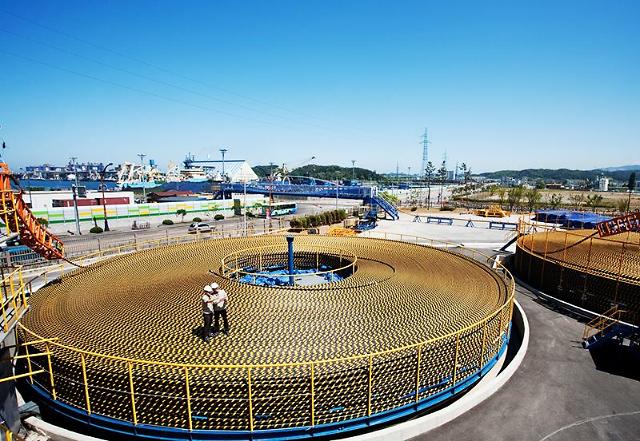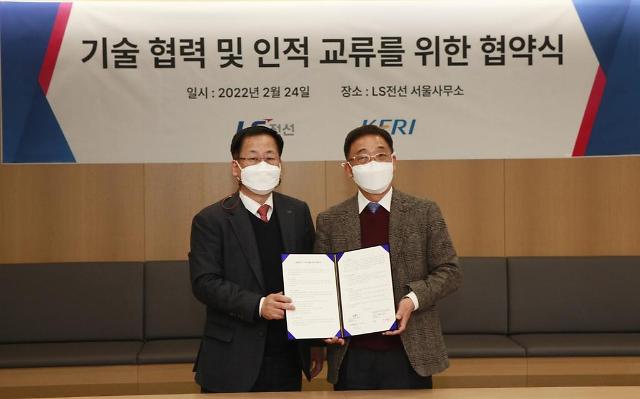
[Courtesy of LS Cable]
LS Cable said it would supply 320-kilovolt (kV) high-voltage direct current transmission (HVDC) submarine and underground cables to Vattenfall’s Norfolk zone, which is one of the largest offshore wind zones in the world. The first phase of the Norfolk Boreas zone will power around 1.5 million homes and save over two million tons of carbon dioxide emissions per year.
In particular, LS Cable will use cross-linked polyethylene (XLPE) as an insulating material. "XLPE cables are easy to install, connect and provide convenience for maintenance," an unnamed LS Cable official said in a statement on October 20. "It is becoming a mainstream in renewable energy projects in Europe and North America, but only a small number of companies have succeeded in developing it."
Due to its shallow depth, the North Sea is a good place to build low-cost fixed wind power generation complexes, attracting many energy companies. With its contract in Europe, LS Cable said it would accelerate market expansion in other rapidly growing markets in North America and Asia.
HVDC converts alternating current into high-voltage DC and can send large amounts of current far away. Competition for technology development is fierce as HVDC cables are more advantageous for long-distance transmission and have less loss than conventional AC transmission. In October, LS Cable completed a reliability test of its 525-kilovolt HVDC cables, paving the way for its participation in large-scale HVDC projects abroad.
The company predicts growth in the HVDC cable market due to global renewable energy expansion policies and the inflation reduction act (IRA) that only subsidizes electric vehicles using more than a certain percentage of core minerals produced by the U.S. or countries that have signed free trade agreements with Washington.
Copyright ⓒ Aju Press All rights reserved.



